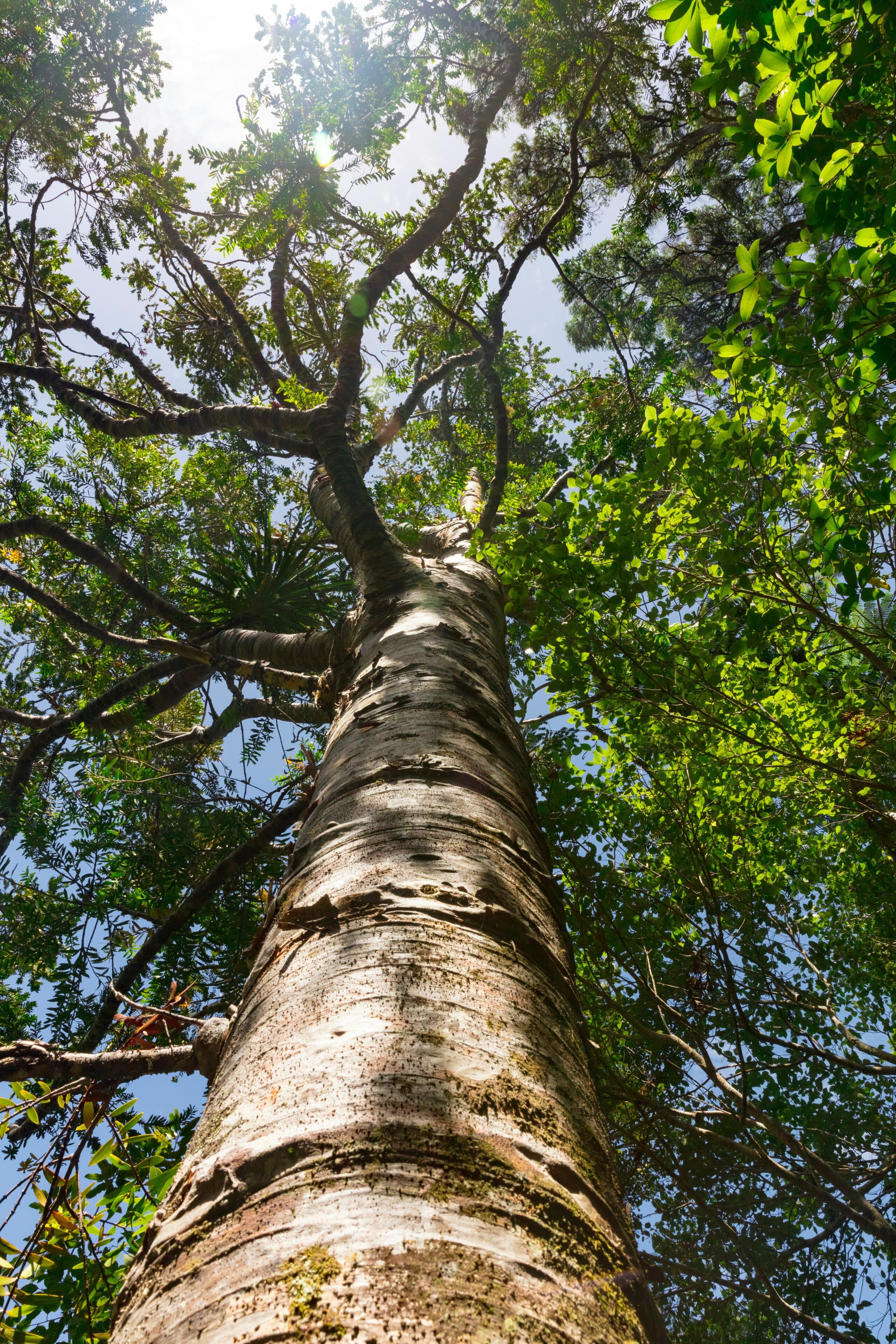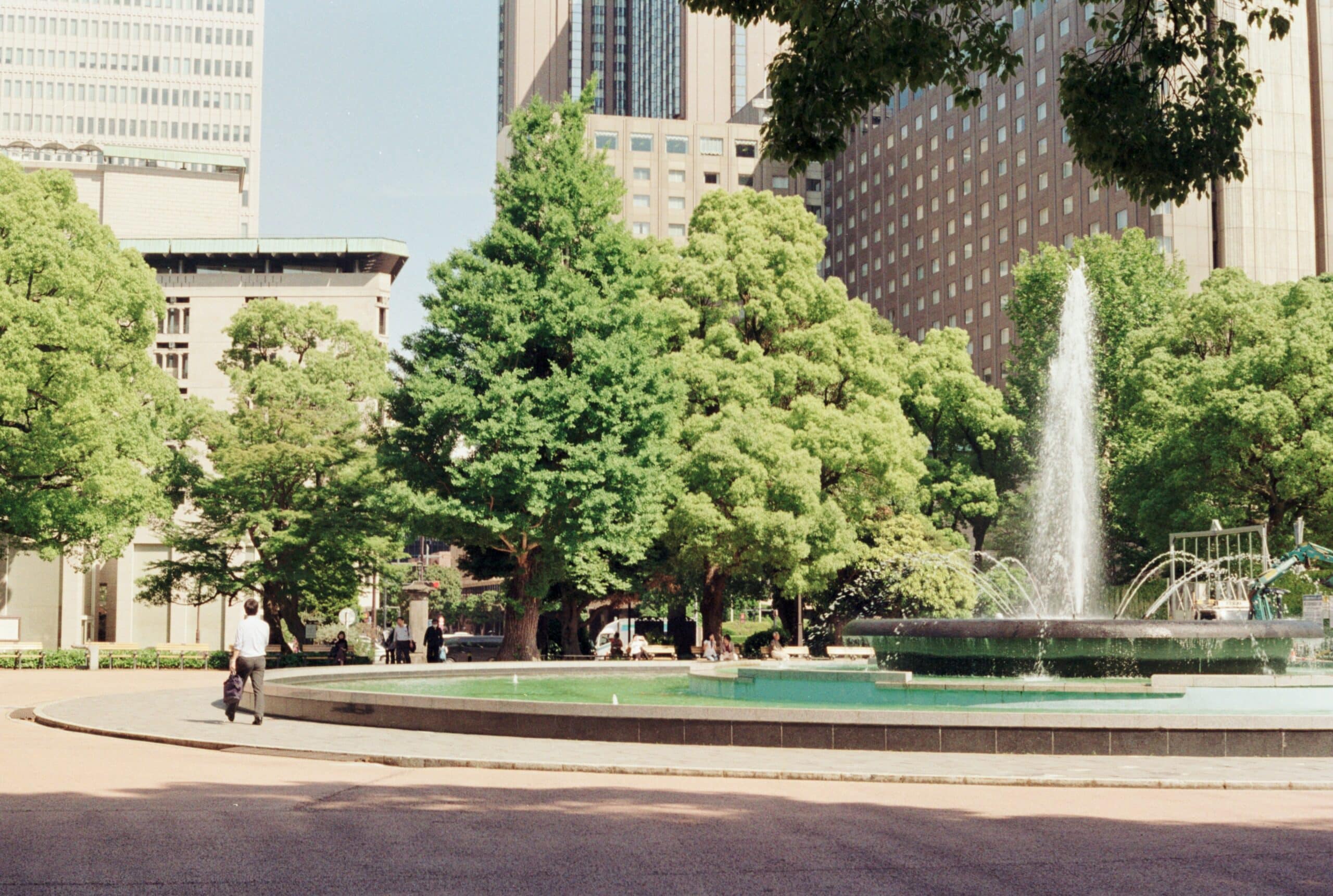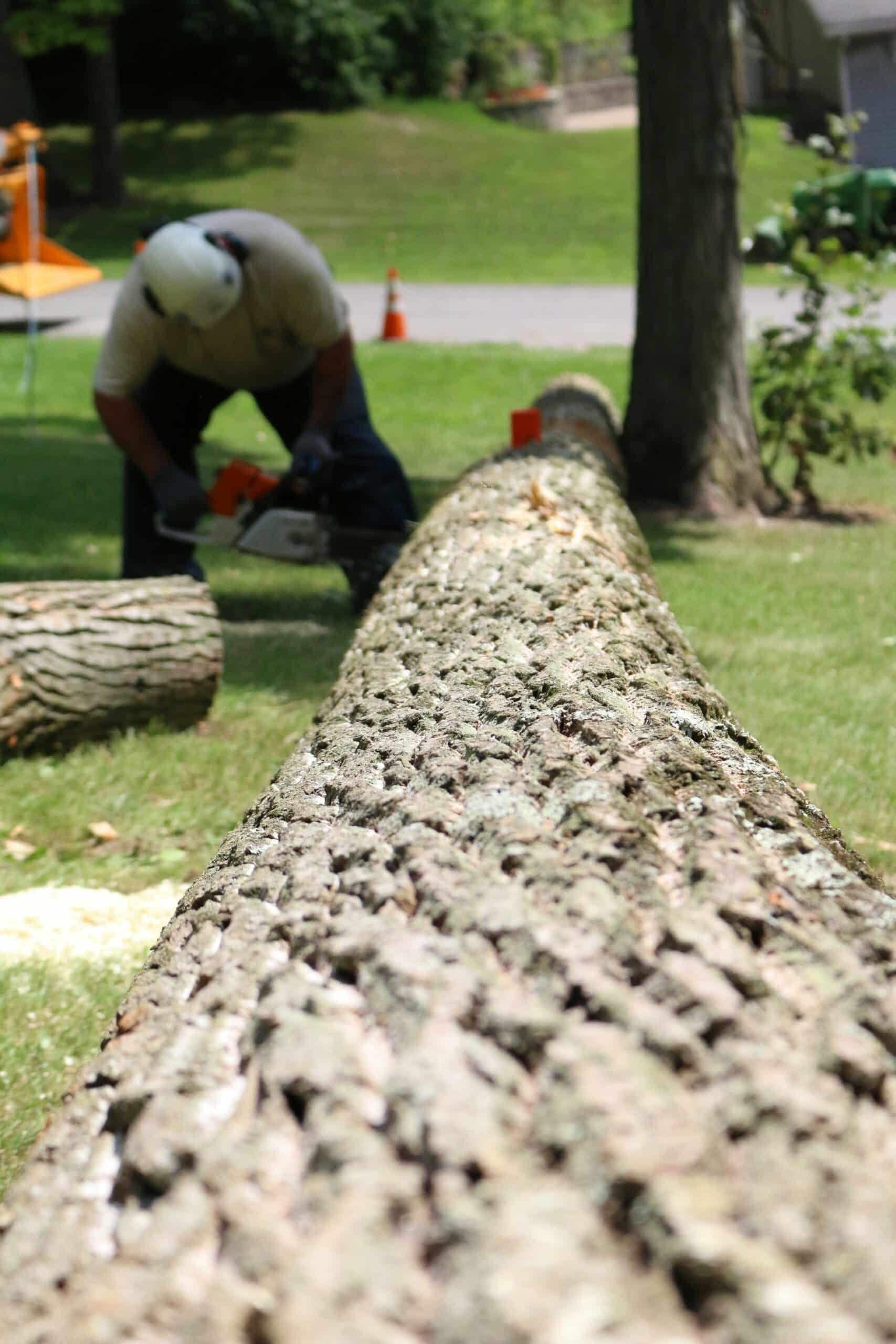
Date August 07, 2025
Category
Why Tree Care Matters
Trees are vital ecosystem pillars, supporting wildlife and people. Properly cared for, they absorb carbon dioxide, cool communities, and promote healthier lifestyles. Trees also significantly impact property values, with mature trees adding up to 15% to a home’s market value. Investing time and resources in tree care yields significant returns for homeowners and communities, making trees a vital part of our ecosystem.
However, routine maintenance is vital to ensure that trees continue providing these perks. While simple practices such as mulching and watering are helpful, many property owners rely on tree services Dallas for more advanced tree care needs, including disease management, pruning, and storm preparation. Looking at recent developments in urban forestry around the world, it is clear that savvy investments in routine tree care play a pivotal role in maintaining not only the beauty but also the overall health, safety, and sustainability of our cities.
Signs Your Trees Need Attention
Early detection of tree stress is crucial for preventing decline and protecting plants or property. Signs include dead or broken branches, wilting leaves, and unusual spots. Mushrooms at the base indicate root rot, while insect infestations can weaken defenses against disease and cause rapid decline. Physical shifts, such as leaning or visible root upheaval, may indicate compromised anchoring systems. Addressing these symptoms ensures healthier landscapes and can sometimes save a tree from removal, providing a safer environment.
Essential Tree Care Practices
To extend the life and vibrancy of your trees, follow good tree care habits. Proper watering encourages deep, infrequent watering, while mulch helps retain moisture, regulate soil temperature, and suppress weeds. Regular inspections, at least twice a year, allow early identification of pest issues, fungal growths, or structural weaknesses. Pruning should be deliberate, removing dead or damaged limbs with sanitized tools to prevent disease spread. Keep the area around tree roots free from soil compaction, driveway expansions, and heavy foot traffic to promote proper nutrient and water uptake.
Choosing the Right Time to Prune
Pruning is crucial for tree health, growth, and disease prevention. It’s best to prune during late winter to early spring, just before trees break dormancy. Focus on crossing, rubbing, dead, or weak limbs and remove them outside the branch collar. Check the guidelines for flowering species to avoid cutting off buds. Avoid overly aggressive pruning, which can shock trees and trigger unhealthy regrowth. Trees should be pruned during optimal times to prevent disease transmission.
Environmental Benefits of Healthy Trees
Healthy trees are essential for urban and suburban ecosystems, absorbing up to 48 pounds of carbon dioxide annually and releasing enough oxygen to support two people. They also help mitigate urban heat islands by reducing temperatures by up to 10°F. Trees also play a crucial role in stormwater management, intercepting rain, slowing runoff, and reducing erosion. Tree-filled neighborhoods can improve mood, reduce stress, and strengthen community bonds. Healthy tree populations also minimize air conditioning costs, enhance bird populations, and improve road safety.
Working with Tree Care Professionals
Certified arborists offer specialized tree care services, utilizing years of study and practical knowledge to diagnose disease, prescribe soil amendments, and implement safe cabling and bracing techniques. They are best equipped for high pruning and removal of large or dangerous trees, reducing personal injury and property damage risks. They avoid pest and disease outbreaks using the latest research and diagnostic technology. Partnering with an experienced professional ensures a maintenance plan tailored to your property’s unique microclimate, soil, and tree species.
Future of Urban Tree Care
Urban forests are being stewarded to address climate change, habitat loss, and urbanization. Cities are incorporating trees and green space planning into their development plans, using technologies like satellite imagery and soil sensors. Community participation increases, with neighborhood groups organizing planting days and citizen science initiatives. Public-private partnerships are funding research and education to keep tree care practices current. This collective commitment will create healthier, more resilient communities for future generations.
Contact us today to schedule with an ISA Certified Arborist.
Photo by MICHAEL WILSON on Unsplash
